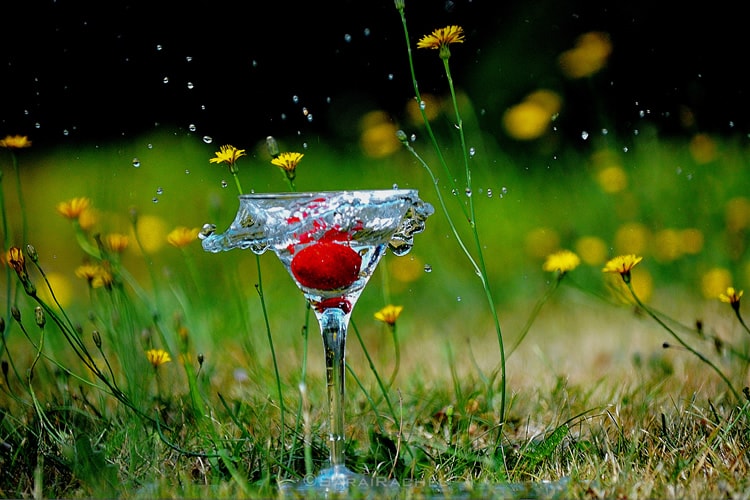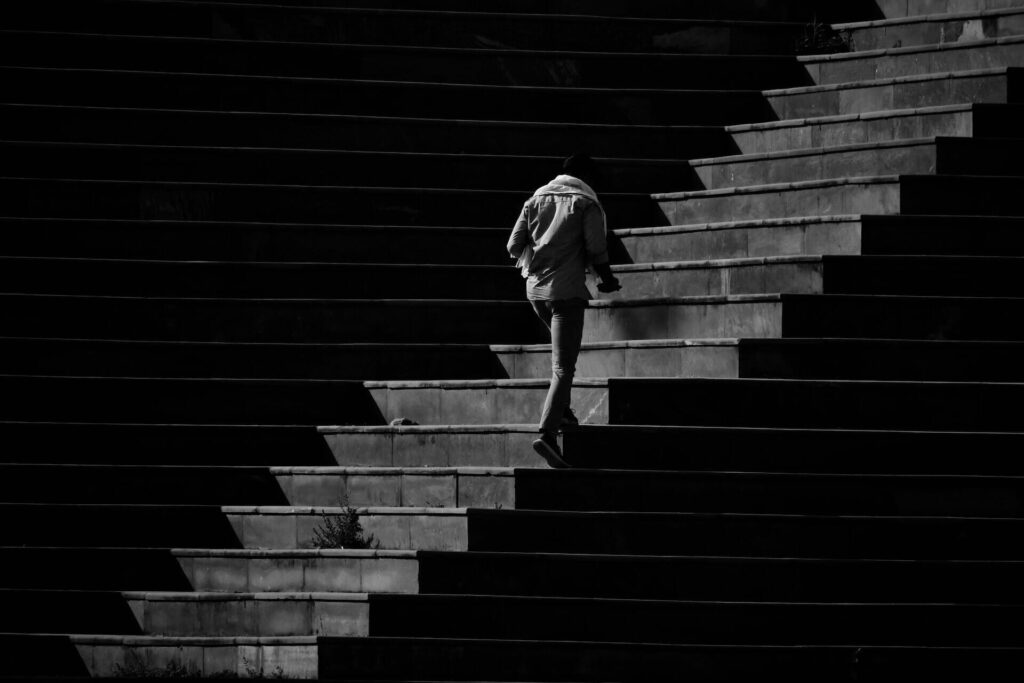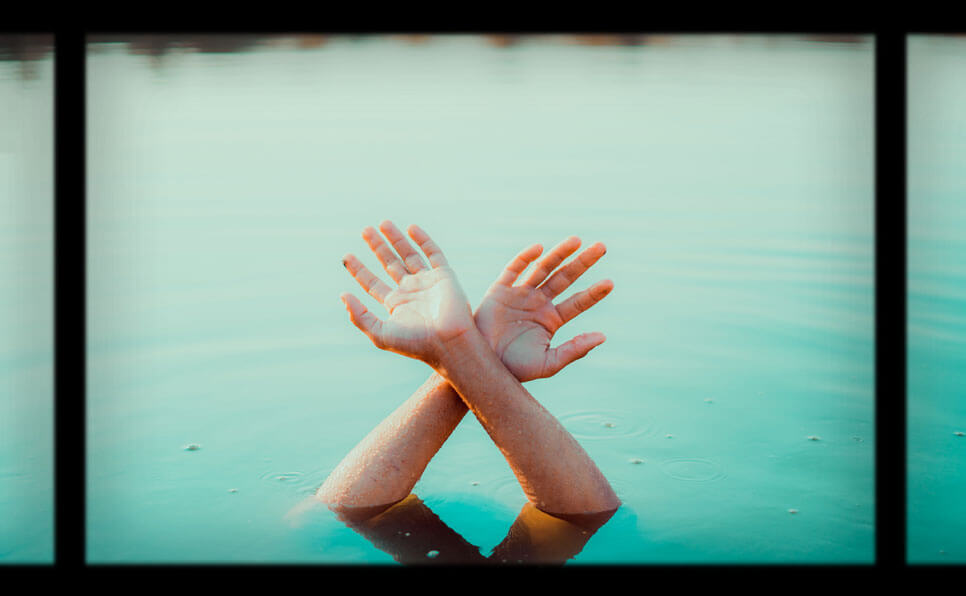Are you ready to transform your photography skills from ordinary to extraordinary? Whether you’re a budding photographer or an enthusiast looking to refine your craft, mastering the right techniques is crucial.
Photography is more than just clicking a button; it’s an art that involves understanding the nuances of light, composition, and perspective. Imagine capturing breathtaking landscapes, stunning portraits, or vibrant street scenes with ease. Sounds exciting, right? But here’s the secret: it’s not about the most expensive camera or the fanciest gear. It’s about knowing how to use what you have to its full potential. This is where understanding photography techniques can make all the difference. To help you unlock these secrets, we’ve got a fantastic resource for you. The Photography 101: Pocket Guide is your go-to handbook. It covers everything from exposure basics to composition tips and shooting scenarios. So why wait? Dive into the world of photography techniques and let your creativity shine!

Credit: www.thecanvasfactory.com.au
Introduction To Photography Techniques
Diving into photography techniques opens new creative avenues. These methods enhance your skills, transforming ordinary shots into stunning visuals. Whether you’re a beginner or seasoned photographer, understanding these techniques is essential. They form the foundation of every remarkable photograph.
Understanding The Basics Of Photography
Photography begins with mastering the basics. Exposure is a crucial element. It involves balancing aperture, shutter speed, and ISO. These settings control light, affecting the image’s brightness and depth.
Next is composition. It’s the art of arranging elements within the frame. Common techniques include the Rule of Thirds and leading lines. These guide the viewer’s eye, creating a balanced and engaging photograph.
- Aperture: Controls depth of field.
- Shutter Speed: Captures motion.
- ISO: Adjusts sensitivity to light.
- Rule of Thirds: Divides the image into thirds for balance.
The Importance Of Mastering Photography Techniques
Mastering photography techniques enhances your creative expression. It allows you to capture moments with precision and artistry. Skilled photographers can manipulate light and composition, crafting unique visual stories.
Photography techniques improve image quality, making them visually appealing. They also help convey emotions and narratives effectively. This skill set is valuable for personal projects or professional work.
- Improved image quality.
- Enhanced storytelling ability.
- Greater creative flexibility.
Investing time in learning these techniques pays off. Your images will reflect a high level of skill and creativity.
Key Photography Techniques For Perfect Shots
Photography is an art that combines creativity and technical skill. To capture the perfect shot, understanding key photography techniques is essential. This guide explores composition, lighting, focus, and exposure settings, offering insights to enhance your photography skills.
Composition: The Rule Of Thirds And Beyond
Composition is the backbone of a great photograph. The Rule of Thirds is a fundamental concept. Imagine dividing your image into nine equal segments. Position key elements along these lines or at their intersections. This creates balance and interest.
Beyond the Rule of Thirds, explore leading lines and framing. Leading lines guide the viewer’s eye through the image. Framing uses objects to create a border around the subject. Both techniques add depth and context.
Lighting: Natural Vs. Artificial Lighting Effects
Lighting sets the mood and tone of your photograph. Natural lighting is abundant and free. It changes throughout the day, offering different effects. Soft morning light is ideal for portraits. Golden hour provides warm and flattering tones.
Artificial lighting offers control. Use flash or studio lights to manipulate shadows and highlights. Experiment with continuous lighting for a steady light source. This is useful in controlled environments.
Focus And Depth: Achieving Sharpness And Clarity
Focus and depth define the subject in your photograph. Achieve sharpness by using the auto-focus feature on your camera. For more control, switch to manual focus. Adjust the focus ring to get the desired sharpness.
Depth of field affects how much of the image is in focus. A shallow depth of field isolates the subject, blurring the background. A deep depth of field keeps everything in focus, suitable for landscapes.
Exposure Settings: Balancing Iso, Aperture, And Shutter Speed
| Setting | Description |
|---|---|
| ISO | Sensitivity to light. Lower ISO for bright conditions; higher for low light. |
| Aperture | Controls the amount of light entering the lens. Wider aperture (low f-stop) for more light. |
| Shutter Speed | Duration the camera sensor is exposed to light. Faster speed freezes motion; slower captures movement. |
Balancing these settings is crucial for a well-exposed shot. Use exposure compensation to adjust brightness. Practice with different settings to master exposure control.
Specialized Techniques To Enhance Your Photography
Photography is an art that evolves with specialized techniques. These techniques bring a new dimension to capturing stunning images. Whether capturing the blur of motion or the intricate details of a flower, mastering these techniques can elevate your photography skills.
Long Exposure: Capturing Motion And Time
Long exposure is the art of capturing movement over time. It allows photographers to create dreamy effects by blurring motion. This technique is perfect for night photography, waterfalls, or bustling cityscapes.
- Equipment: Use a tripod to avoid camera shake.
- Settings: Slow shutter speed helps capture the essence of movement.
- Lighting: Best used in low-light conditions.
Long exposure can transform ordinary scenes into something extraordinary. Experiment with different shutter speeds for unique results.
Macro Photography: Exploring The Details
Macro photography unveils the hidden beauty in small subjects. It focuses on capturing intricate details that are often overlooked.
- Equipment: Use a macro lens for close-up shots.
- Focus: Pay attention to the details and textures.
- Subjects: Flowers, insects, and small objects are ideal.
Macro photography is about seeing the world in a new way. Get up close and discover the beauty in the details.
Portrait Photography: Capturing Emotions And Expressions
Portrait photography captures the essence of a person. It focuses on emotions, expressions, and personality.
| Lighting: | Natural light enhances skin tones. |
|---|---|
| Composition: | Use the rule of thirds for balanced shots. |
| Interaction: | Engage with your subject for genuine expressions. |
Portrait photography is about more than just snapping a picture. It’s about capturing the soul behind the face.

Credit: www.smashingmagazine.com
Post-processing: Refining Your Perfect Shots
Capturing the perfect shot involves more than just pressing the shutter button. The magic happens in the post-processing stage. Here, photographers can refine and enhance their images. Post-processing allows you to transform a good photo into a great one. It adds depth, mood, and personality to your shots.
Editing Software: Tools For Enhancing Your Photos
Choosing the right editing software is crucial. Popular options include Adobe Lightroom and Photoshop. These tools offer a range of features for photo enhancement. They allow for adjustments in exposure, contrast, and sharpness. Many also provide presets for quick edits. For beginners, free software like GIMP or Pixlr can be a good start. Ensure the software supports your file formats, especially RAW files.
Color Correction: Creating Mood And Consistency
Color correction is essential for setting the mood of your photos. It helps maintain consistency across a series of images. Adjust the white balance to ensure colors look natural. Use color grading to add a specific mood or style. Be mindful of the color harmony in your shots. Tools like the HSL panel in Lightroom can help refine colors. Consistent color correction ensures your portfolio is cohesive.
Cropping And Framing: Perfecting Composition
Cropping and framing can dramatically change your photo’s impact. Cropping removes distractions and focuses on the subject. It also helps improve composition by aligning with the rule of thirds. Ensure the subject remains the focal point. Experiment with different aspect ratios to find the best fit. Framing can guide the viewer’s eye and add depth. Use natural elements like windows or trees to frame your subject.
Pros And Cons Of Various Photography Techniques
Photography offers diverse techniques to capture stunning images. Each technique has its own strengths and weaknesses. Understanding these can enhance your skills and creativity. Let’s explore the advantages and potential challenges of mastering various photography techniques.
Advantages Of Mastering Diverse Techniques
Learning multiple photography techniques broadens your creative possibilities. You can adapt to different settings, subjects, and lighting conditions. Here are some benefits:
- Versatility: Switch between techniques for varied photo styles.
- Enhanced Creativity: Experiment with angles, lighting, and composition.
- Improved Skills: Each technique refines your technical abilities.
Potential Challenges And How To Overcome Them
Mastering various techniques can be challenging. It involves understanding complex settings and adapting to different scenarios. Here are some common challenges and solutions:
| Challenge | Solution |
|---|---|
| Complex Camera Settings | Use guides like Photography 101: Pocket Guide for quick reference. |
| Unfamiliar Lighting Conditions | Practice with different light sources to learn adjustment techniques. |
| Composition Difficulties | Study composition tips to frame subjects effectively. |
By understanding these challenges, photographers can improve their techniques and produce better images.
Photography Techniques For Different Scenarios
Photography is an art that varies with each scenario. Understanding the right techniques enhances the beauty of your shots. From capturing vast landscapes to vibrant street scenes, each scenario demands unique skills. Let’s dive into some essential techniques for different situations.
Landscape Photography: Capturing Nature’s Beauty
Landscape photography requires patience and the ability to see the extraordinary in the ordinary. Here are some tips to capture nature’s beauty:
- Golden Hours: Shoot during sunrise or sunset for the best natural light.
- Use a Tripod: Keep your camera steady for clear, sharp images.
- Wide-angle Lens: Capture the vastness of the landscape effectively.
Pay attention to the weather and incorporate it into your shots. Clouds can add depth, while clear skies highlight colors.
Street Photography: Telling Stories Through Images
Street photography is about capturing the essence of life as it happens. Consider these techniques:
- Blend In: Dress inconspicuously to capture candid moments.
- Focus on Details: Capture small elements that tell a larger story.
- Quick Reflexes: Be ready to shoot at any moment.
Look for unique characters and vibrant scenes. A bustling market or a quiet alley can hold countless stories.
Event Photography: Capturing The Moment
Event photography is about preserving memories. Here are some techniques to ensure you capture the moment perfectly:
| Techniques | Description |
|---|---|
| Fast Shutter Speed | Freeze fast-moving subjects to capture every detail. |
| Low Light Settings | Adjust ISO and aperture for indoor or low-light events. |
| Engage with Subjects | Communicate with people for natural and relaxed shots. |
Anticipate key moments like speeches or performances. Always be prepared with extra batteries and memory cards.
Recommendations For Aspiring Photographers
Embarking on a photography journey can be both exciting and daunting. Aspiring photographers often seek guidance to hone their skills effectively. This section provides actionable recommendations to help budding photographers develop their craft.
Essential Equipment For Practicing Techniques
Choosing the right equipment is crucial for any photographer. Here are some essentials to consider:
- Camera: Start with a DSLR or mirrorless camera. These offer flexibility and quality.
- Lenses: A prime lens and a zoom lens cater to various shooting scenarios.
- Tripod: Essential for stability, especially in low-light conditions.
- Memory Cards: Invest in high-capacity and fast-reading cards.
- Editing Software: Software like Adobe Lightroom or Photoshop enhances photos.
Tips For Continuous Learning And Improvement
Photography is an evolving field. Continuous learning is key. Here are some tips to keep progressing:
- Read Books: Books like “Photography 101: Pocket Guide” provide valuable insights into exposure and composition.
- Take Online Courses: Platforms like Coursera offer courses on various photography techniques.
- Join Photography Groups: Engage with communities for feedback and inspiration.
- Practice Regularly: Capture images daily to refine your skills and discover new techniques.
- Attend Workshops: Workshops offer hands-on experience and expert guidance.

Credit: contrastly.com
Frequently Asked Questions
What Are The Different Photography Techniques?
Photography techniques include long exposure, HDR, macro, portrait, landscape, street photography, and black and white. Utilize rule of thirds, leading lines, and depth of field for composition. Experiment with lighting and angles to enhance creativity. Practice post-processing to refine images and bring out desired effects.
What Are The 7 Elements Of Photography?
The 7 elements of photography are line, shape, form, texture, pattern, color, and space. These elements help create balance, emphasis, and contrast, enhancing the overall composition and visual impact of photographs. Understanding these elements is crucial for capturing compelling and aesthetically pleasing images.
What Are The 5 C’s Of Photography?
The 5 C’s of photography are Composition, Contrast, Cropping, Clarity, and Color. Composition arranges elements harmoniously. Contrast enhances visual interest. Cropping focuses on key subjects. Clarity ensures sharpness and detail. Color adds mood and emotion. These principles help create captivating photos.
What Is The 20-60-20 Rule In Photography?
The 20-60-20 rule in photography suggests 20% of your photos will be great, 60% average, and 20% poor. Focus on identifying and improving the middle 60% to enhance overall quality. This approach helps photographers refine their skills and curate better portfolios.
Conclusion
Explore photography techniques to enhance your skills. Experiment with different styles. Capture unique moments with creativity. Use light to your advantage. Practice regularly for improvement. Stay inspired by other photographers. With the right resources, progress is achievable. For more guidance, consider Photography 101: Pocket Guide. It offers helpful tips and scenarios. Dive into the world of photography and enjoy the journey. Keep clicking. Keep learning.



